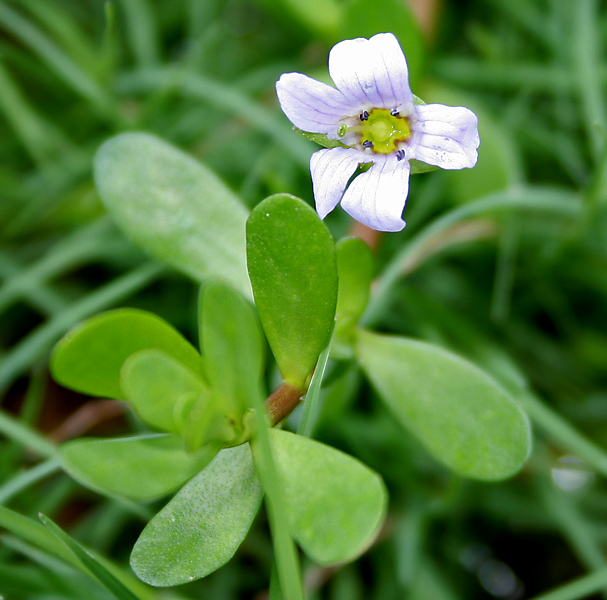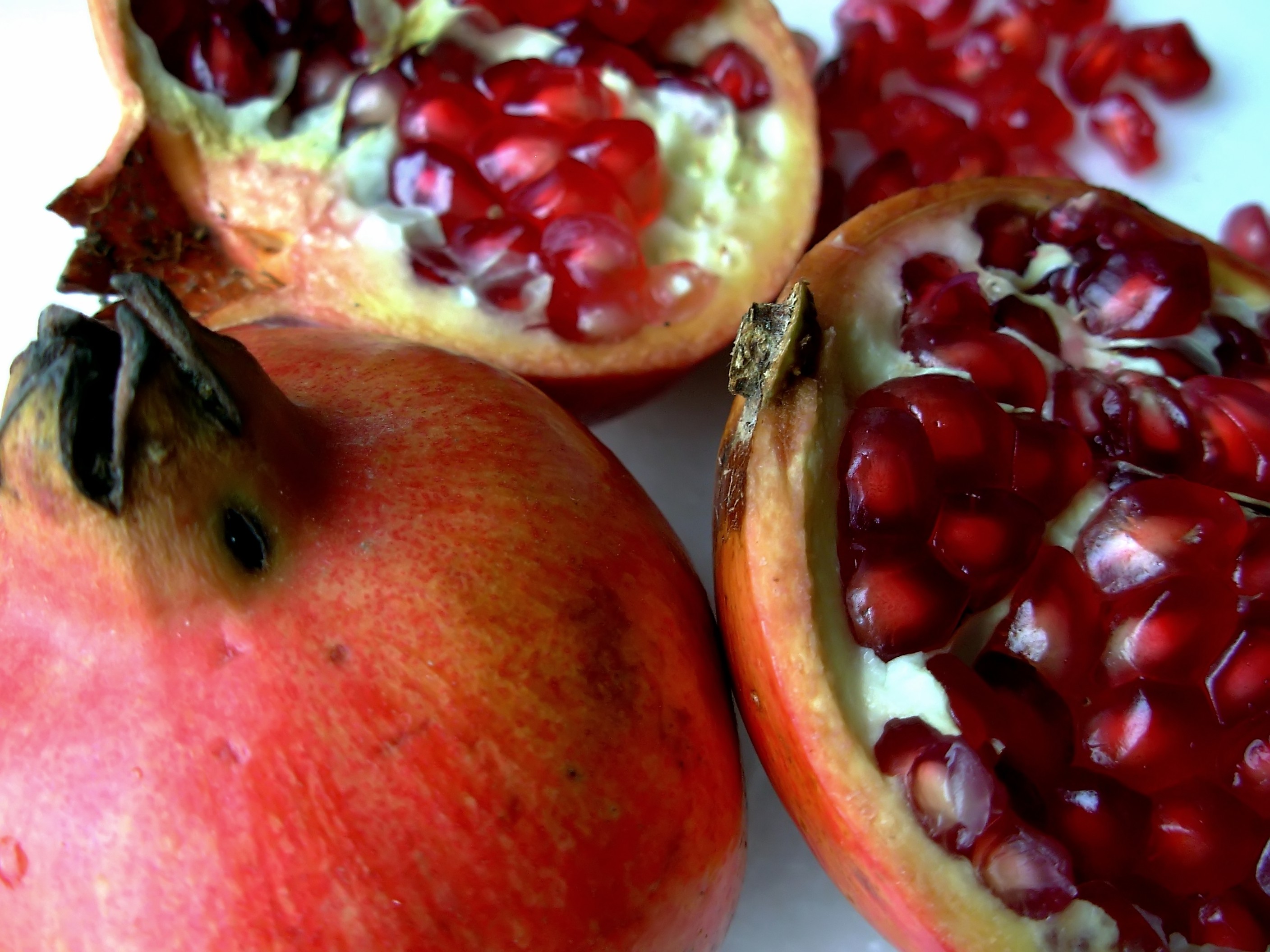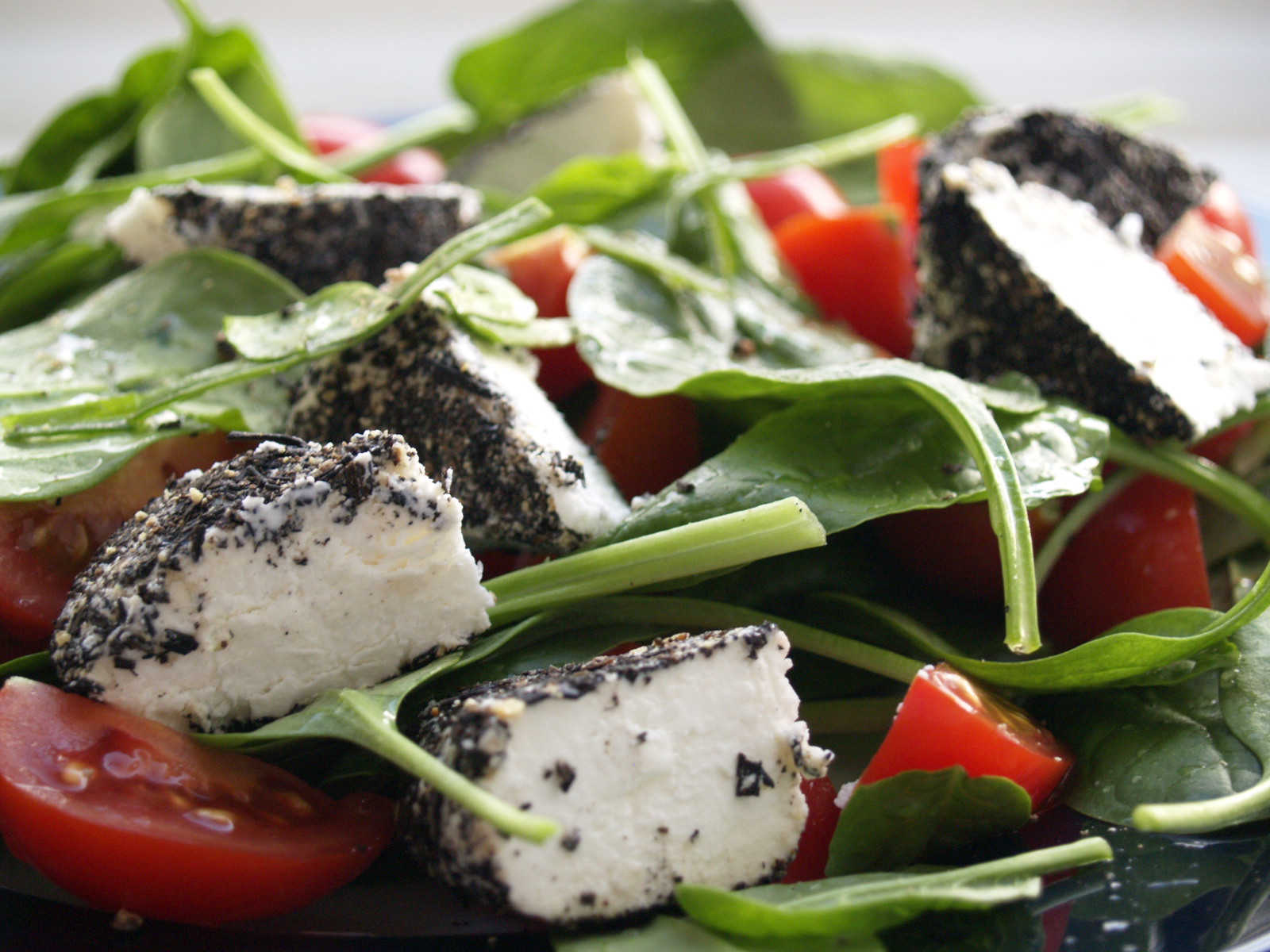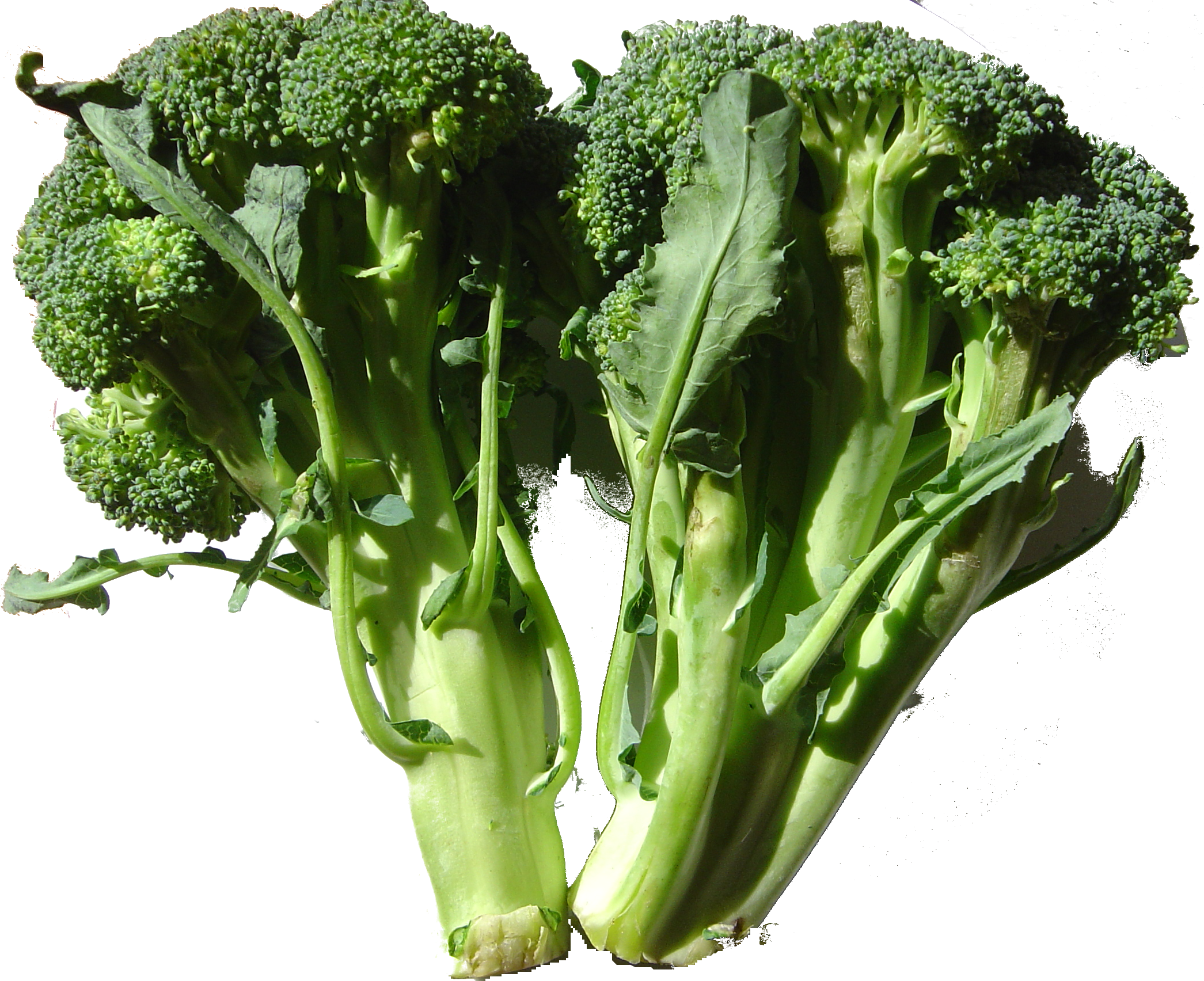 As a high-risk group for cardiovascular diseases, overweight and obese people are strongly urged to exercise regularly, although more than half ignore this advice. For those who do, however, one of the benefits is a reduction in a protein known as endothelin-1 (ET-1). This constricts the small blood vessels, making it harder to deliver oxygen and nutrients, as well as clear out toxins, in every tissue, including the heart, which increases the risk of cardiovascular disease. Recently, Colorado researchers revealed their findings that 500mg of time-released vitamin C reduced ET-1 just as much as walking for exercise. Of course, this does not mean you can use vitamin C to get out of exercising, as it has many other benefits to muscle and bone health, among other parts of the body (and we are designed for physical activity!). However, this does build on the research of Linus Pauling, who hypothesised that our usually low intake of vitamin C (he recommended 10-12 grams) is behind the epidemic of cardiovascular disease.
As a high-risk group for cardiovascular diseases, overweight and obese people are strongly urged to exercise regularly, although more than half ignore this advice. For those who do, however, one of the benefits is a reduction in a protein known as endothelin-1 (ET-1). This constricts the small blood vessels, making it harder to deliver oxygen and nutrients, as well as clear out toxins, in every tissue, including the heart, which increases the risk of cardiovascular disease. Recently, Colorado researchers revealed their findings that 500mg of time-released vitamin C reduced ET-1 just as much as walking for exercise. Of course, this does not mean you can use vitamin C to get out of exercising, as it has many other benefits to muscle and bone health, among other parts of the body (and we are designed for physical activity!). However, this does build on the research of Linus Pauling, who hypothesised that our usually low intake of vitamin C (he recommended 10-12 grams) is behind the epidemic of cardiovascular disease. Other research has also shown a protective effect of vitamin C against cardiovascular issues. An earlier case-control study (100 cases, 198 controls) aiming to see if vitamin C and other nutrients could protect against heart attacks found that, compared to the lowest quartile for vitamin C intake, those in the highest had an 80% lower risk of heart attack! Vitamin E and fibre both reduced heart attack risk by 70%. Vitamin C may also protect against repeat cardiovascular events. In a study of 800 people who already had heart attacks, those given vitamin C supplementation suffered a collective total of 55 events, compared to 75 in the placebo group. High doses of vitamin C can have fast-acting effects too. When healthy male volunteers were given 2000mg of vitamin C, arterial stiffness was reduced by almost 10% within hours! This may have been because it protected nitric oxide against oxidation. With these studies and more showing the benefits of vitamin C, why not combine vitamin C-rich foods and exercise for the best results?




.jpg)









_during_the_commissioning_of_the_Navy_Operational_Fitness_and_Fueling_System_(NOF.jpg)



